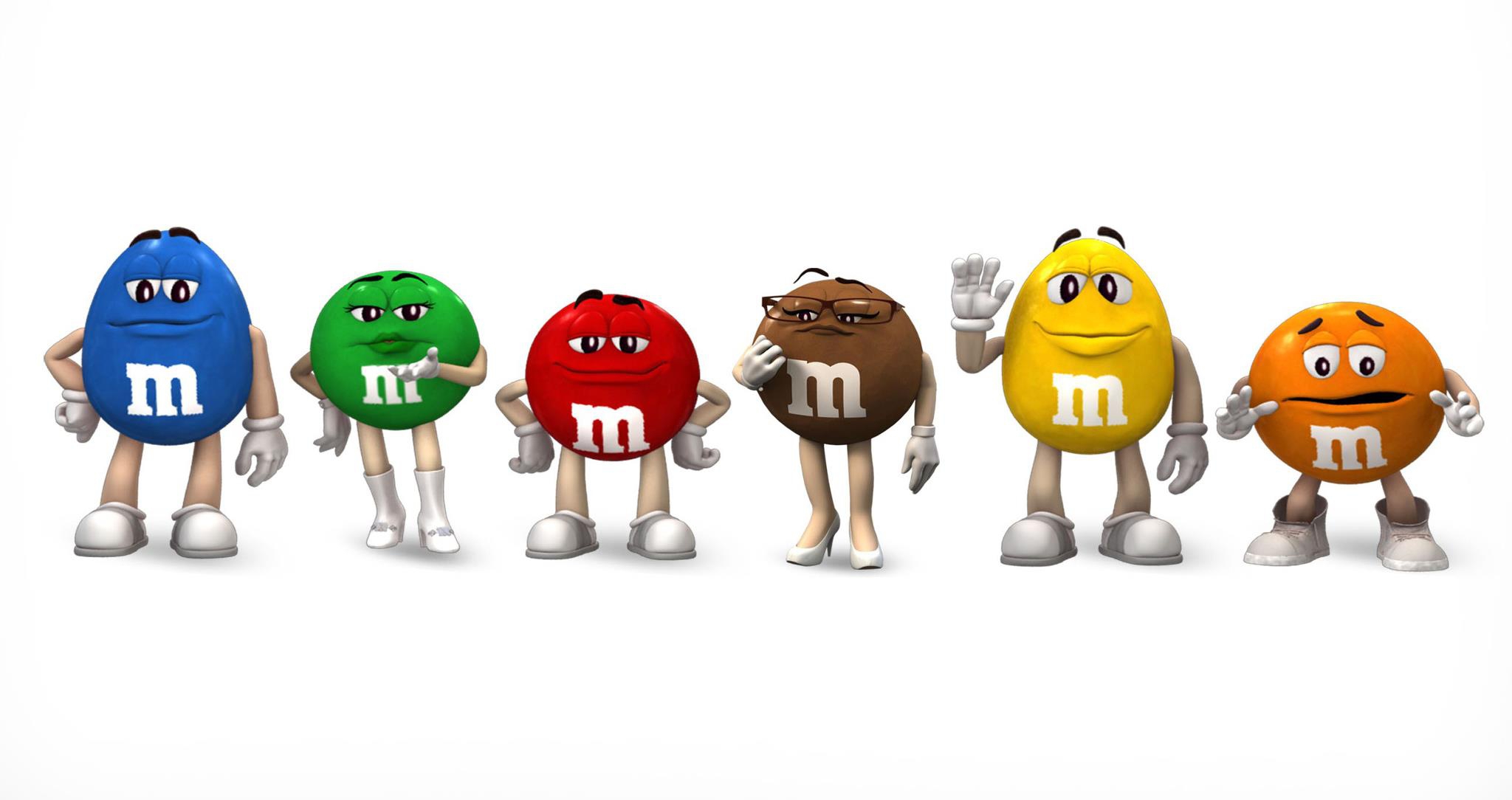Unlock The Secrets Of MMS Video: Your Ultimate Guide
Ever wondered what the buzz around MMS video is all about? In today's fast-paced digital era, multimedia messaging has taken over as one of the most effective ways to communicate visually. MMS video is no longer just a tech term—it's a powerful tool that shapes how we connect and share information. Whether it's for personal use or business purposes, understanding MMS video can open doors to endless possibilities.
Think about it—how many times have you sent or received a video clip through your phone? Odds are, you've already been using MMS without even realizing it. This simple yet powerful feature allows users to send rich media content like videos, images, and audio directly through their mobile devices. It's not just about convenience; it's about enhancing communication in ways that text alone can't achieve.
As we dive deeper into this topic, we’ll explore everything you need to know about MMS video—from its basics to advanced tips and tricks. By the end of this guide, you'll be equipped with the knowledge to make the most out of this technology. So, buckle up and let's get started!
Table of Contents
- What is MMS Video?
- The History of MMS
- How Does MMS Video Work?
- Benefits of Using MMS Video
- MMS vs SMS: What's the Difference?
- Limitations of MMS Video
- Best Practices for Sending MMS Videos
- MMS Video in Marketing
- Security Considerations for MMS
- The Future of MMS Video
What is MMS Video?
MMS stands for Multimedia Messaging Service, and MMS video refers to the ability to send video clips through this service. It's like sending a text message, but instead of plain text, you're sharing multimedia content. This feature has revolutionized mobile communication by allowing users to share moments, ideas, and even entire stories with just a tap.
For example, imagine you're at a concert, and you want to share a short clip with your friends. With MMS video, you can record the performance, attach it to a message, and send it instantly. No need for lengthy explanations—let the video do the talking!
While MMS video might seem basic compared to modern apps, it's still widely used because of its simplicity and compatibility with most devices. Plus, it doesn't require an internet connection, making it reliable even in areas with limited data coverage.
- Guide To Myflixerz The Future Of Streaming Platform
- Breaking Kody Brown Arrest What We Know Amp Next Steps
Why is MMS Video Important?
Here's the deal: MMS video bridges the gap between traditional SMS and modern messaging apps. It offers a middle ground where you can share rich media without needing to download additional software or rely on Wi-Fi. This makes it especially useful in situations where speed and accessibility matter.
Some key reasons why MMS video remains relevant include:
- Instant sharing of visual content
- Compatibility with older devices
- No need for third-party apps
- Reliable performance even in low-connectivity areas
The History of MMS
Believe it or not, MMS has been around for a while now. Back in the early 2000s, when mobile phones were still evolving, MMS was introduced as an upgrade to SMS. The idea was simple: why stop at text when you can send pictures, audio, and videos too?
The first MMS service was launched in 2002 by a Norwegian company called Telenor. Since then, it has grown to become a standard feature on almost every smartphone. While its popularity may have peaked before the rise of social media platforms, MMS remains a dependable option for many users worldwide.
According to a report by Statista, MMS usage continues to grow steadily, especially in regions where smartphone penetration is high but app adoption is low. This highlights the enduring value of MMS video as a communication tool.
Evolution of MMS Technology
Over the years, MMS technology has undergone several improvements:
- Increased file size limits
- Improved video quality support
- Enhanced security protocols
- Integration with modern operating systems
These advancements ensure that MMS remains relevant in a world dominated by high-definition content and fast internet speeds.
How Does MMS Video Work?
Now that we know what MMS video is, let's dive into how it actually works. When you send an MMS video, your phone packages the video file along with any accompanying text into a single message. This message is then sent to your carrier's MMS server, which forwards it to the recipient's device.
What's fascinating is that MMS doesn't require a direct data connection between sender and receiver. Instead, it uses the carrier's network to transmit the message. This means you can send an MMS video even if you're not connected to Wi-Fi or have limited data access.
In technical terms, MMS relies on the WAP (Wireless Application Protocol) to transfer data. However, most users don't need to worry about these details—your phone handles everything in the background, ensuring a seamless experience.
Key Components of MMS Video Transmission
Here are some essential components involved in MMS video transmission:
- Sender's Device: Captures and prepares the video for transmission
- Carrier's Server: Acts as a relay point for the message
- Recipient's Device: Receives and decodes the video
- Network Protocol: Ensures secure and efficient data transfer
Understanding these components helps demystify the process and gives you a better appreciation for the technology behind MMS video.
Benefits of Using MMS Video
So, why should you consider using MMS video? Let me break it down for you:
First off, MMS video offers a level of convenience that's hard to beat. You don't need to download any apps or create accounts—you simply use your phone's built-in messaging app. This simplicity makes it ideal for casual users who just want to share quick updates.
Secondly, MMS video is incredibly versatile. Whether you're sending a birthday greeting, sharing a travel experience, or even conducting a business presentation, MMS can handle it all. Plus, it works across different platforms, ensuring compatibility with both iOS and Android devices.
Lastly, MMS video is cost-effective. Most carriers include MMS in their basic plans, so you won't have to worry about extra charges for sending multimedia messages. Compare that to app-based services, which often come with hidden costs or subscription fees.
Top 5 Advantages of MMS Video
- Easy to use
- Versatile for various purposes
- Compatible with most devices
- Cost-efficient
- Reliable in low-connectivity areas
MMS vs SMS: What's the Difference?
Let's clear up any confusion between MMS and SMS. While both are messaging services, they serve different purposes. SMS, or Short Message Service, is limited to plain text messages with a maximum length of 160 characters. On the other hand, MMS allows you to send multimedia content, including videos, images, and audio files.
Think of SMS as the older sibling—reliable and straightforward—but MMS as the cooler, more feature-packed younger sibling. Both have their place in the world of communication, but MMS offers more flexibility and creativity.
Here's a quick comparison:
- SMS: Text-only, limited to 160 characters
- MMS: Supports multimedia, no character limit
Choosing between the two depends on your needs. If you're looking to share rich content, MMS is the way to go.
Limitations of MMS Video
Of course, no technology is perfect, and MMS video has its limitations. One of the biggest drawbacks is file size restrictions. While carriers have increased the allowable file size over the years, there's still a cap on how large your video can be. This means you might need to compress your clips before sending them.
Another limitation is delivery speed. Since MMS relies on carrier networks, the time it takes for a message to reach its destination can vary. In areas with poor network coverage, this delay can be frustrating.
Lastly, some older devices may not support the latest MMS features, which could lead to compatibility issues. However, these limitations are outweighed by the benefits for most users.
Overcoming MMS Limitations
Here are a few tips to help you get the most out of MMS video:
- Compress your videos to reduce file size
- Check your carrier's MMS settings for optimal performance
- Ensure your device is updated to the latest software
Best Practices for Sending MMS Videos
Want to make sure your MMS videos are received perfectly every time? Follow these best practices:
First, always check the file size of your video before sending. Most carriers recommend keeping the file under 1 MB for optimal performance. If your video is larger, consider trimming it or using a compression tool.
Second, test your message with a friend to ensure it's delivered correctly. This will help you identify any issues with your device or network settings.
Finally, be mindful of the recipient's device capabilities. Not all phones handle MMS videos the same way, so it's always good to double-check before sending.
Tips for Creating Engaging MMS Videos
Here are some creative ideas to make your MMS videos stand out:
- Add captions or text overlays to clarify your message
- Use short, impactful clips to grab attention
- Experiment with different angles and lighting
MMS Video in Marketing
Businesses are increasingly turning to MMS video as a marketing tool. Why? Because it offers a direct line to customers without the clutter of social media algorithms. By sending personalized video messages, companies can engage their audience in ways that traditional ads can't.
For instance, imagine receiving a birthday greeting from your favorite brand complete with a short video showcasing their latest products. That kind of personal touch is hard to replicate with text alone.
Studies show that MMS video campaigns have higher open rates and engagement levels compared to standard SMS campaigns. This makes it a valuable addition to any marketing strategy.
Case Study: Successful MMS Marketing Campaigns
One notable example is a retail chain that used MMS video to promote their holiday sales. By sending short clips featuring exclusive deals, they saw a significant increase in customer traffic and sales. This demonstrates the power of MMS video in driving real results.
Security Considerations for MMS
As with any technology, security is a concern when using MMS video. While carriers implement various measures to protect user data, there are still risks to be aware of. Phishing scams, malware, and unauthorized access are just a few examples of potential threats.
To stay safe, always verify the sender's number before opening an MMS message. Avoid clicking on suspicious links or downloading unknown attachments. Additionally, keep your device's security software up to date to prevent unauthorized access.
Steps to Protect Your MMS Messages
Here are some practical tips to enhance your MMS security:
- Enable two-factor authentication for your carrier account
- Regularly update your phone's operating system
- Be cautious of messages from unfamiliar numbers
The Future of MMS Video
Looking ahead, the future of MMS video looks bright. As technology continues to evolve, we can expect even more improvements in terms of speed, quality, and functionality. Advances in 5G networks
- All About Who Is Mike Woods Wife The Truth Revealed
- Discover Why Li Xian Yang Zi Are Cultural Icons Explained

Mms Widescreen

Mms High Quality Wallpapers

Mms wallpaper (114346)